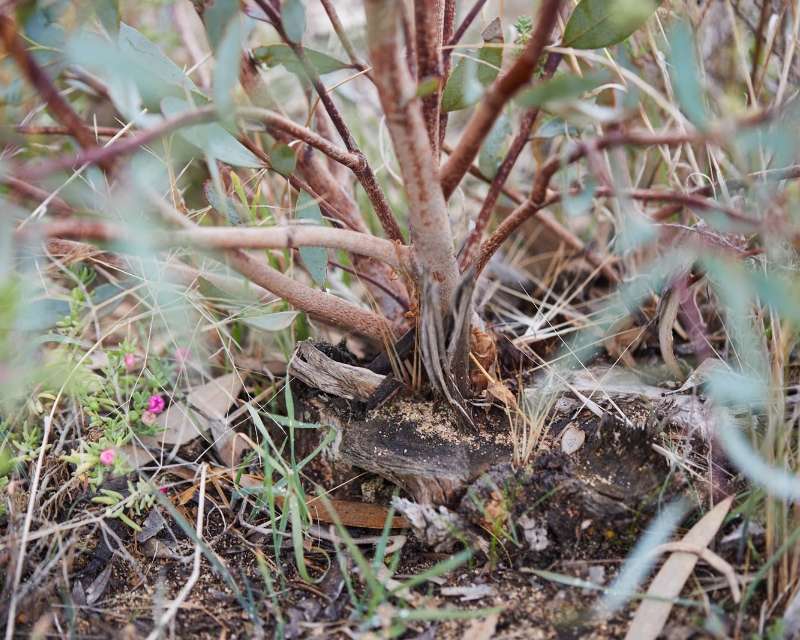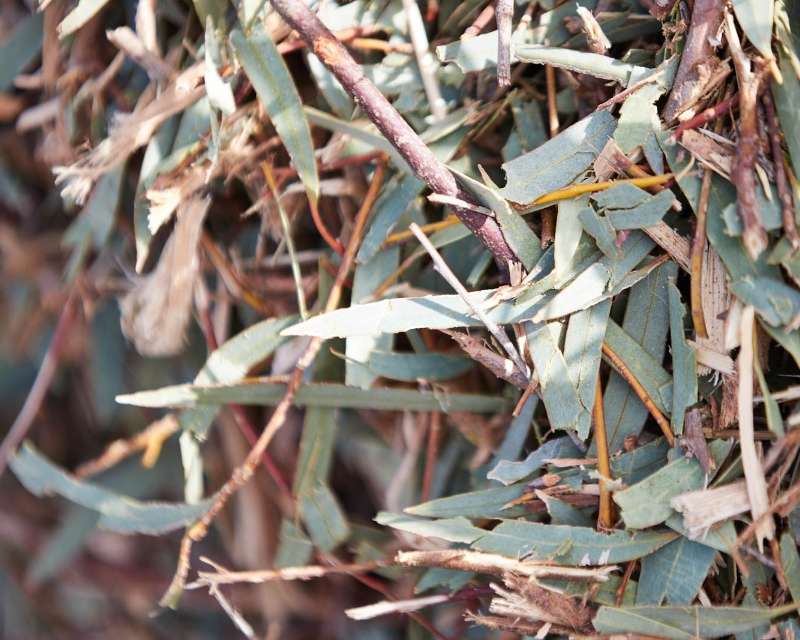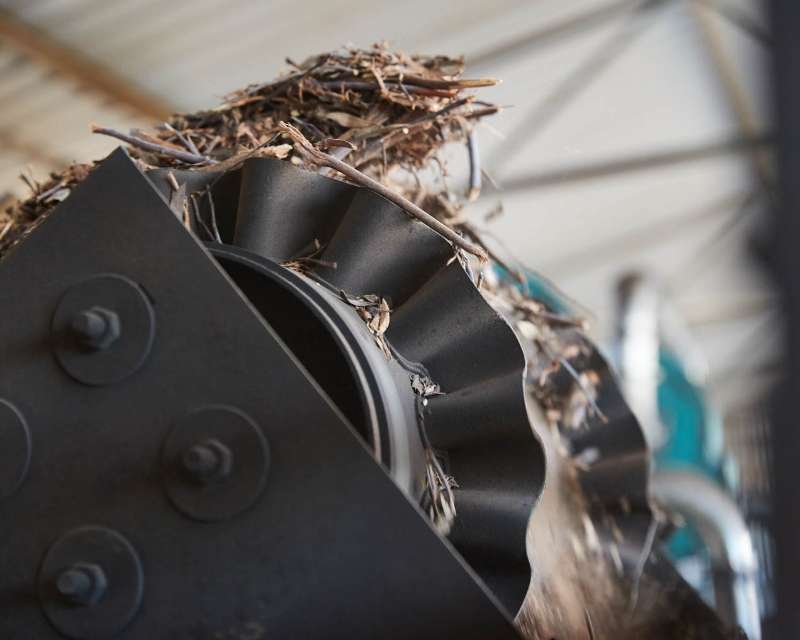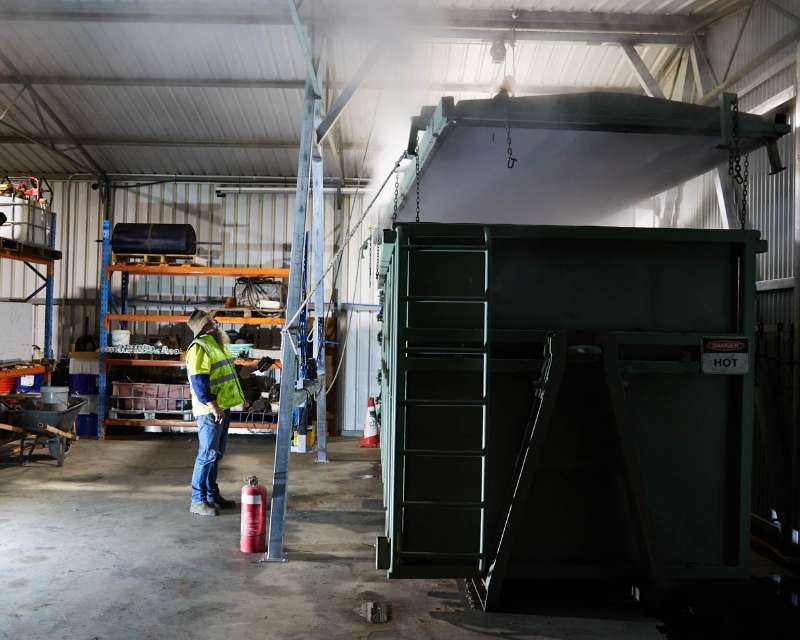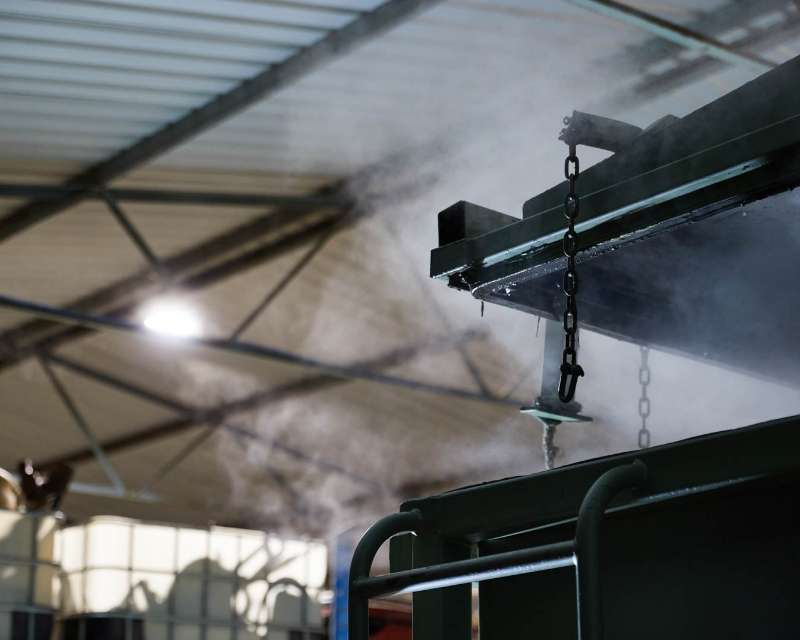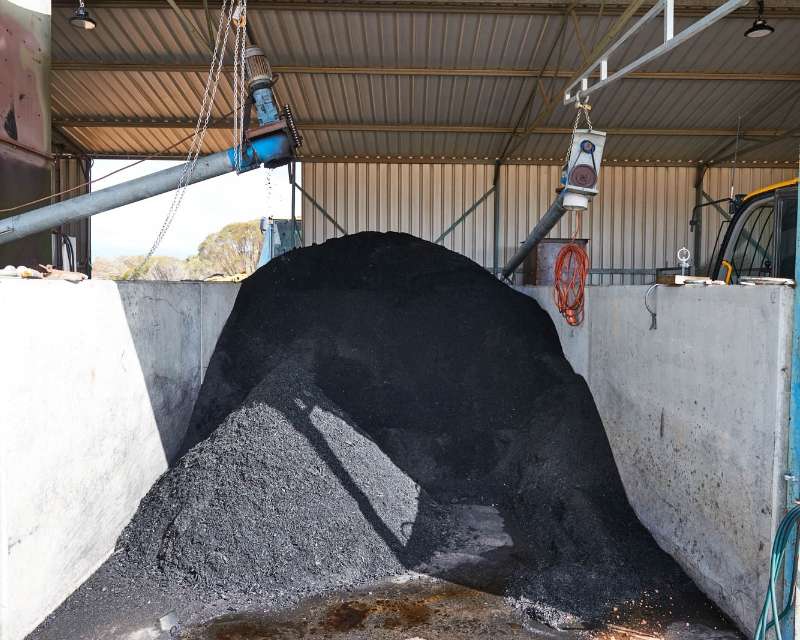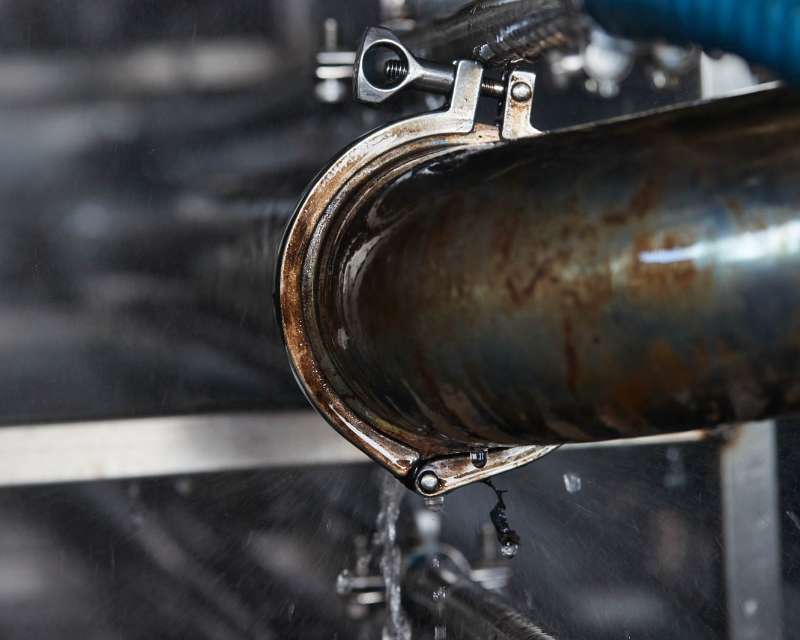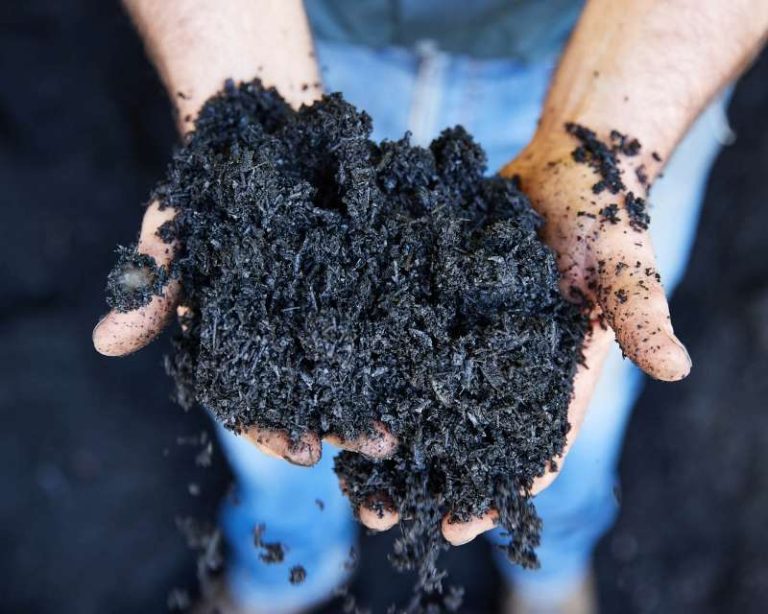
BioChar
Biochar is a charcoal-like, highly adsorbent, carbon substance that is produced by pyrolysing organic material (plant biomass) in an inert low oxygen environment.
Biochar’s Structure

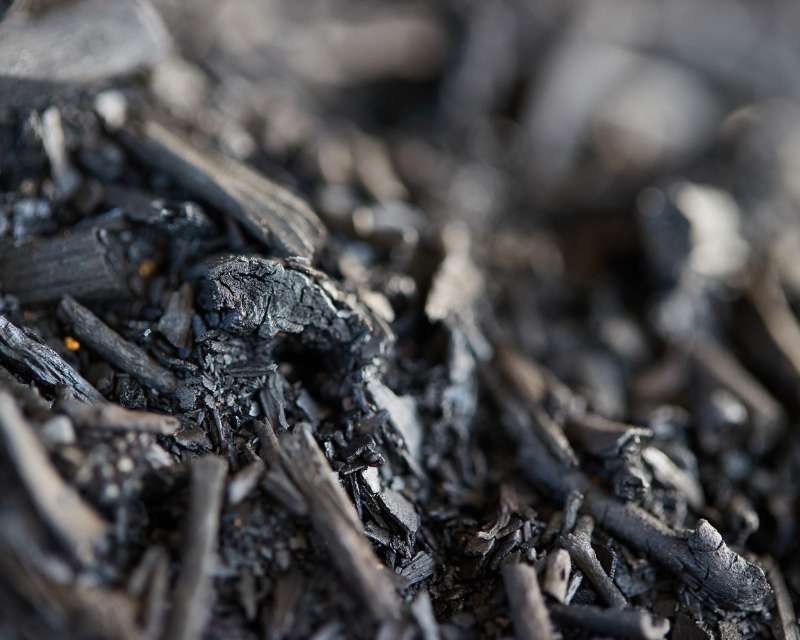
Biochar resists decomposition and can have a very long (thousands of years) soil residence time. A stable (recalcitrant) form of organic carbon compared to unprocessed biomass, it has a naturally porous structure and significantly improves soil health.
Its many uses
High-quality biochar can be sold into many end-markets, including regenerative agriculture, soil remediation, livestock feed supplements, air purification, water filtration and odour control systems. Biochar also has other diverse applications including the replacement of chemical fertilisers in agriculture and industrial additive solutions in asphalt and concrete. The global biochar market has developed rapidly, with the European Union market alone growing by 500% over a five year period.
Biochar can be used in applications ranging from domestic through to large commercial/agricultural scale settings. It can be incorporated in soils, gardens, potting mixes or fertilisers, with benefits being achieved regardless of the size of the project.
Once incorporated in the soil, biochar continues to provide carbon sequestration benefits and improve soil structure and soil health for generations due to its stability, very long residence time in soils and its naturally porous structure. Biochar improves soil aeration, water-holding capacity, nutrient retention and also acts as a refuge for beneficial soil microbiology.
It has been used since ancient times to improve soil health and productivity as evidenced by char pits found at sites surrounding Aztec cities in South America, the origin of the term “terra preta”. More recently, many published scientific papers document the benefits of biochar in redeveloping soil health in degenerated landscapes. As well as replacing organic carbon in depleted soils, biochar increases water and fertiliser retention, microbial activity and the development of soil ecosystems and soil fauna such as earthworms and insects.
Once incorporated in the soil, biochar continues to provide carbon sequestration benefits and improve soil structure and soil health for generations due to its stability, very long residence time in soils and its naturally porous structure. Biochar improves soil aeration, water-holding capacity, nutrient retention and also acts as a refuge for beneficial soil microbiology.
It has been used since ancient times to improve soil health and productivity as evidenced by char pits found at sites surrounding Aztec cities in South America, the origin of the term “terra preta”. More recently, many published scientific papers document the benefits of biochar in redeveloping soil health in degenerated landscapes. As well as replacing organic carbon in depleted soils, biochar increases water and fertiliser retention, microbial activity and the development of soil ecosystems and soil fauna such as earthworms and insects.
The International Panel on Climate Change rates biochar application as having high global mitigation potential. An analysis of multiple studies on biochar applications in plant production found an average increase in food crop yields of about 15% in biochar amended soils in sandy and tropical soil environments, where soils are hydrophobic/depleted of their original carbon content, or nutrients are more easily leached from the soil profile.
Biochar has also been used as an additive in livestock feed where it has been shown to increase productivity (weight gain and animal health) and reduce enteric methane emissions. Additional carbon capture benefits are also achieved through livestock waste. Manure from livestock production leads to organic carbon being incorporated in soils by composting feedlot waste and by the natural distribution of livestock manure over the landscape.
Biochar has been proven to accelerate and enhance compost development whilst also reducing methane emissions from the composting process. In livestock feed, small quantities of biochar (0.6% - 1.0% w/w of dry-matter) can be added to feedlot rations, applied in pelletised formulas or provided directly to livestock.
Biochar has been proven to accelerate and enhance compost development whilst also reducing methane emissions from the composting process. In livestock feed, small quantities of biochar (0.6% - 1.0% w/w of dry-matter) can be added to feedlot rations, applied in pelletised formulas or provided directly to livestock.
Is Biochar for you?
Biochar has many potential benefits and applications across multiple industries - whether you are a home gardener, a hobby farmer or a large-scale agricultural or other enterprise, it is likely that biochar can help you achieve better results in a sustainable and environmentally friendly way, whilst reducing atmospheric carbon over the long term. Find out how biochar can improve your soil, reduce livestock methane gas emissions or aid in global climate mitigation.
References
- Stephen Joseph a, Doug Pow b, Kathy Dawson c, Joshua Rust d, Paul Munroe a, Sarasadat Taherymoosavi a, David R.G. Mitchell e, Samuel Robb f, Zakaria M. Solaiman g: Biochar Increases Soil Organic Carbon, Avocado Yields and Economic Return Over 4 Years Of Cultivation
- Stephen Joseph, Doug Pow, Kathy Dawson, David R. G. Mitchell, Aditya Rawal, James Hook, Sarasadat TAHERYMOOSAVI, Lukas VAN ZWIETEN, Joshua RUST, Scott DONNE, Paul MUNROE, Ben PACE, Ellen GRABER, Torsten THOMAS, Shaun NIELSEN, Jun YE, Yun LIN, PAN Genxing, LI Lianqing And Zakaria M. SOLAIMAN: Feeding Biochar To Cows: An Innovative Solution For Improving Soil Fertility And Farm Productivity
- Simone Madden-Grey: Biochar in the vineyard: building a foundation for sustainability
- Hans-Peter Schmidt: Biochar – the key technology to close the carbon and nutrients cycle
- Tommy M. Winders, Collin B. Freema, Brittney A. Mark Mark, Melissa L. Jolly-Breithaupt, Hannah C. Hamilton: Biochar Supplementation in Growing and Finishing Diets
- Kathleen Draper and Shannan Sweet: The Potential for Biochar to Enhance Sustainability in the Dairy Industry
Get in touch with us to purchase your Biochar today.

